Factory activity across much of Asia remained subdued in June as the uncertainty surrounding U.S. trade policy weighed heavily on manufacturing sentiment, even as some economies reported slight improvements in output.
Private surveys released Tuesday painted a mixed picture. While China's Caixin Manufacturing PMI rose to 50.4, marking a return to growth, and Japan’s factory activity expanded for the first time in over a year, South Korea and other regional economies continued to contract. The prevailing weakness underscores the persistent threat posed by U.S. President Donald Trump’s sweeping tariffs on key trading partners.
Trump’s hardline trade strategy—highlighted by looming tariff hikes if deals are not struck by 9 July —has rattled exporters throughout Asia, where economies remain heavily reliant on U.S. and Chinese demand.
“Volatility in U.S. tariff policy and economic recovery uncertainty are expected to persist in the second half,” said South Korea’s Industry and Trade Minister Ahn Duk-geun, who noted that while exports have begun to rebound, shipments to key markets like the U.S. and China are still under pressure.
Mixed PMI Readings
- China: The Caixin/S&P Global Manufacturing PMI surprised markets by jumping to 50.4 in June from 48.3 in May, driven by a pickup in new domestic orders. However, export orders continued to contract for a third straight month, reflecting ongoing fragility in external demand.
- Japan: The final au Jibun Bank PMI rose to 50.1 from 49.4, signaling a marginal expansion. Still, new orders declined, with businesses citing tariff-related uncertainty.
- South Korea: The manufacturing PMI improved slightly to 48.7 from 48.4, still in contraction territory, but showed signs of stabilization following a snap presidential election earlier this month.
Elsewhere in Asia, conditions remained difficult:
- Indonesia saw its PMI fall to 46.9.
- Vietnam declined to 48.9.
- Taiwan dropped to 47.2.
- Malaysia saw a modest uptick to 49.3, though still in negative territory.
India stood out as the region’s bright spot, with its manufacturing PMI soaring to 58.4 in June—its highest in 14 months—thanks to surging global demand and record hiring.
Trade Tensions and Policy Response
The prospect of escalating U.S. tariffs—particularly those targeting automobiles and electronics—continues to cast a long shadow. Japan and South Korea have so far failed to secure relief from Washington, raising pressure on negotiators as the deadline looms.
Despite active trade discussions, many in the region remain cautious.
“The external environment remains severe and complex,” said Caixin Insight’s Wang Zhe. “The issue of insufficient effective demand at home has yet to be fundamentally resolved.”
In response, central banks across Asia are expected to keep easing monetary policy, prioritizing growth over inflation.
“We think most central banks in the region will continue to loosen policy—and by more than most analysts expect,” said Shivaan Tandon of Capital Economics.
With the 9 July deadline fast approaching and growth concerns mounting, Asia’s factories are bracing for more turbulence, even as some show tentative signs of recovery.
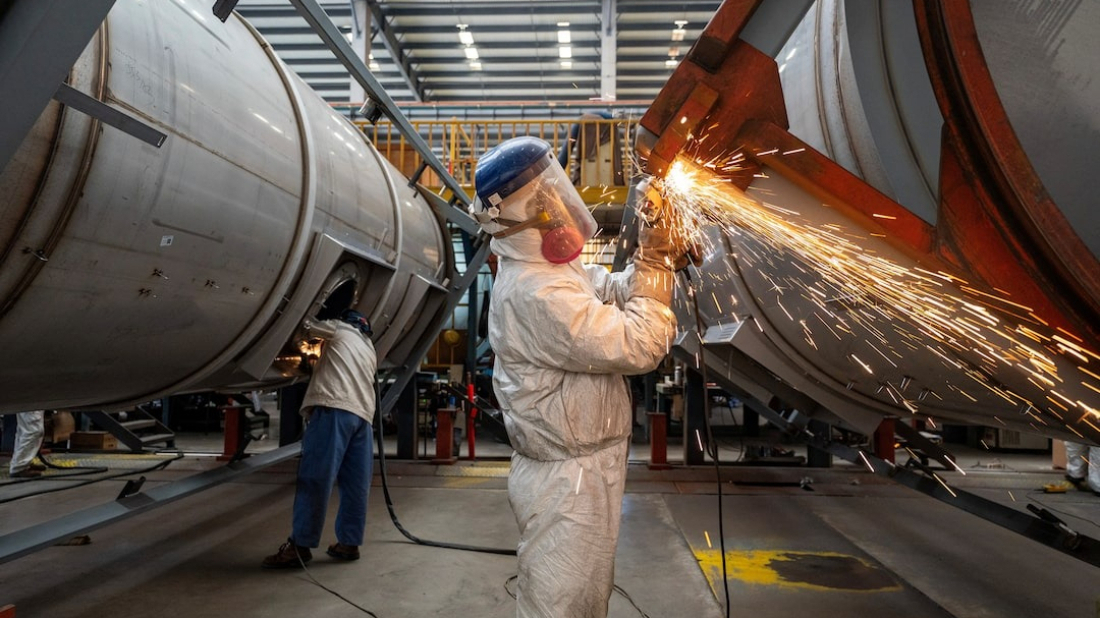
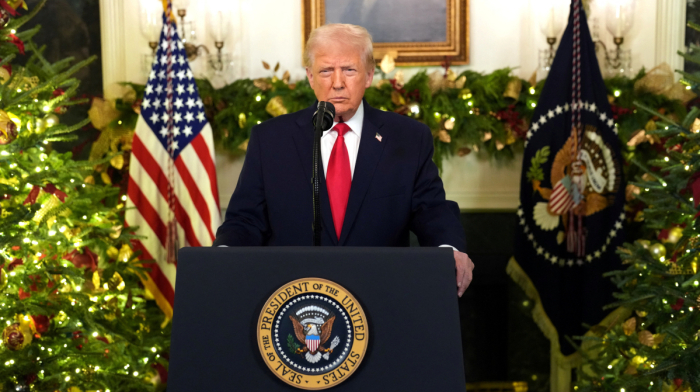
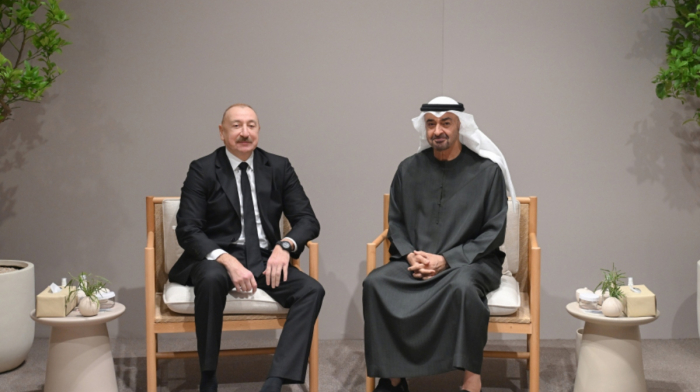
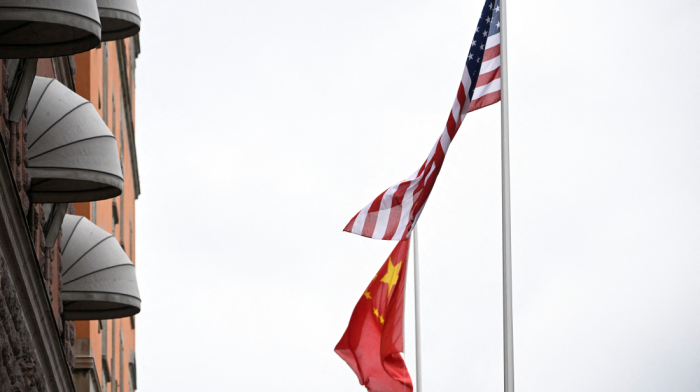
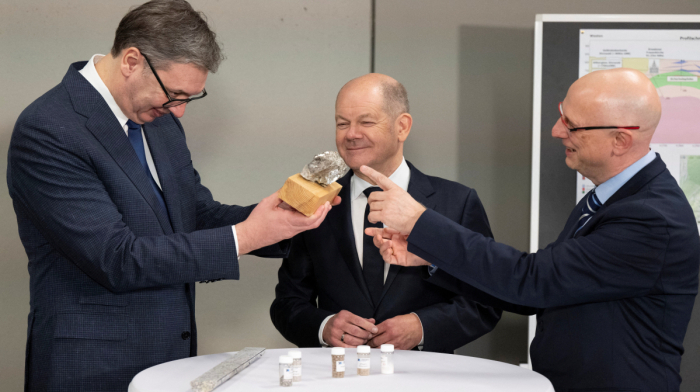



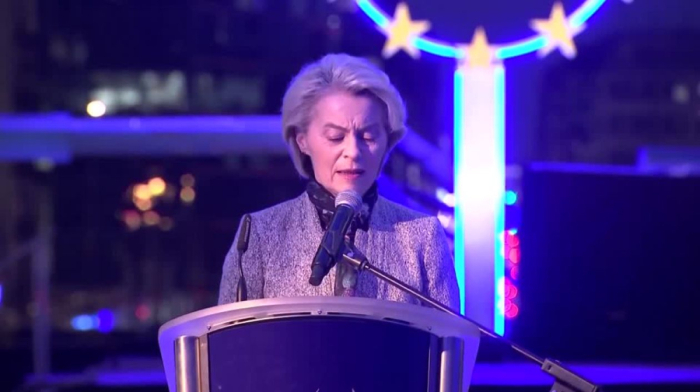
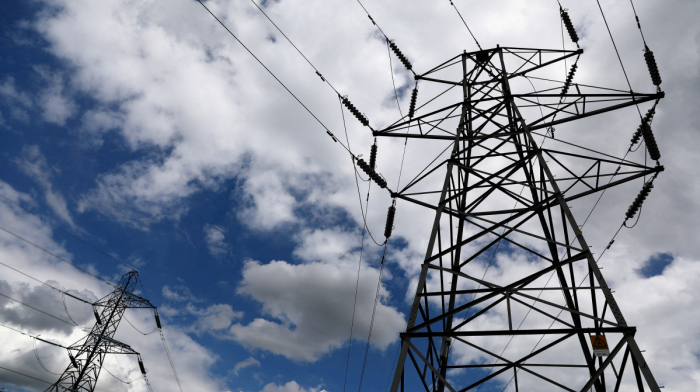

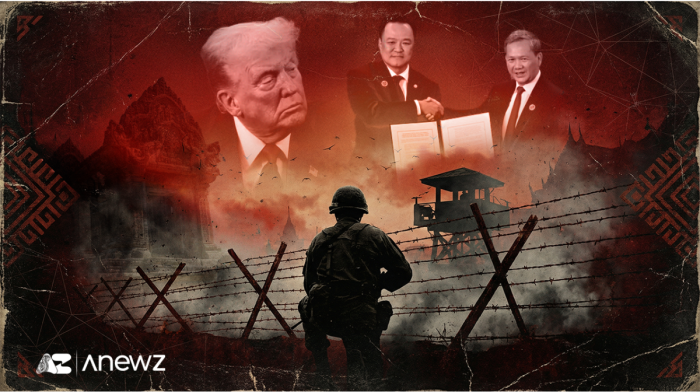
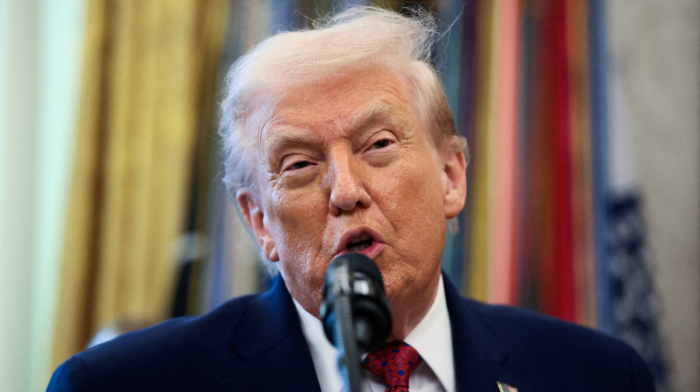


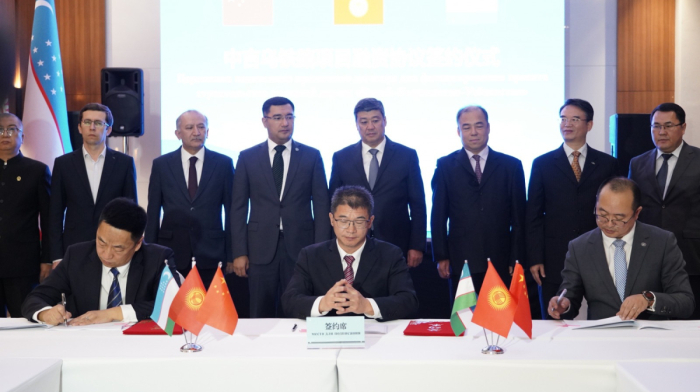
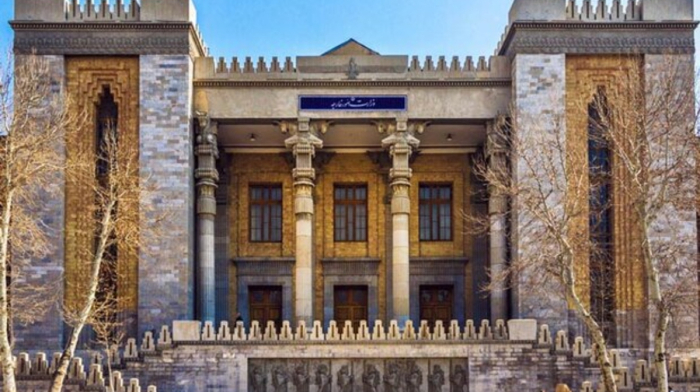




What is your opinion on this topic?
Leave the first comment